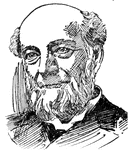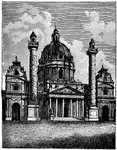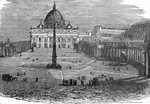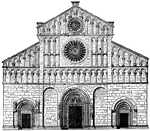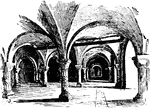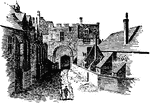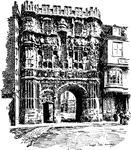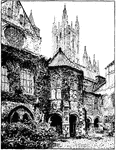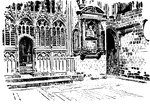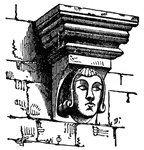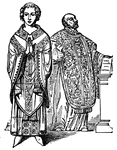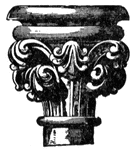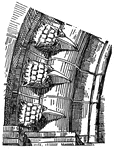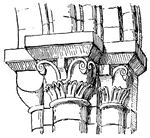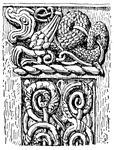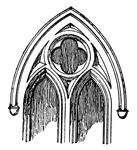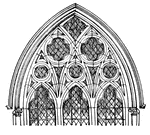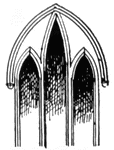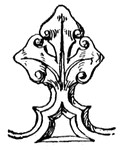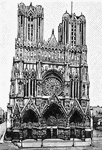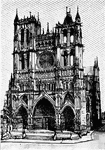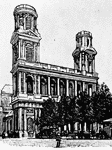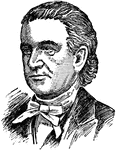
Lyman Beecher
(1775-1863) Presbyterian minister and revivalist who called for constant church services and strong…
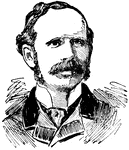
Henry Drummond
(1786-1860) Banker, politician and religious leader that became leader of the Catholic Apostolic Church.

Puritan Male
The Puritans were a group of English Reformed Protestants in the 16th and 17th centuries who sought…
![Rodolphus Agricola (Phrisius) (?February 17, 1444, August 28, 1443?[1] – October 27, 1485) was a pre-Erasmian humanist of the northern Low Countries, famous for his supple Latin and one of the first north of the Alps to know Greek well. Agricola was a Hebrew scholar towards the end of his life, an educator, musician and builder of a church organ, a poet in Latin as well as the vernacular, a diplomat and a sportsman of sorts (boxing). He is best known today as the author of De inventione dialectica, as the father of northern European humanism and as a zealous anti-scholastic in the late-fifteenth century. Born at Baflo, in the Dutch province of Groningen, Agricola was originally named Roelof Huusman.](https://etc.usf.edu/clipart/4300/4301/arigicola_1_mth.gif)
Rodolphus Agricola
Rodolphus Agricola (Phrisius) (?February 17, 1444, August 28, 1443?[1] – October 27, 1485) was a pre-Erasmian…

Romanesque Church
Line drawing of a large Romanesque church. The illustration is similar to the Imperial Cathedral Basilica…

Old Church
"Desperate skirmish at Old Church, near Tunstall's Station, VA., between a squadron of the Fifth United…

Munson's Hill
"Skirmishing between the pickets of the two armies near Munson's Hill- the hill in the distance. Munson's…

Battle at Willis Church
"Battle at Willis Church, Monday, June 30th, 1862- the Federal forces, under General Heintzelman, engaged…

Battle of White Oak Swamp Bridge
"Battle of White Oak Swamp Bridge, Monday June 30th, 1862- Ayres's, Mott's and Randall's batteries checking…

Grant's Campaign
"Grant's Campaign in Virginia. The Battle of Bethesda Church, between Crawford's division, Fifth Corps,…

War in Mississippi
"The war in Mississippi- defeat of Wirt Adams's Confederate cavalry by the Second Wisconsin cavalry,…

